A motorcycle carburetor is a device that combines air and fuel in an internal combustion engine. The carburetor performs its main function i.e. a mixture of air and fuel depending on the difference in air pressure. Motorcycle carburetors are no exception. Rising of the engine piston creates a gap inside the cylinder which creates a low pressure environment inside the cylinder. But the external pressure exerts a lot of pressure on the outside air to enter the inside so that the fresh air from outside enters the gas chamber and mixes with the gas.
Luigi de Christopheris, an Italian, first invented the carburetor in the 18th century. Enrique Bernadi made many improvements to the carburetor in the laboratory of the University of Padua in 182. He did this for his "Motris Pia", which was a prototype (general structure) of the first petrol engine (1 cylinder 1225 cc), he built it on 5 August 182.
Motorcycle carburetors are not like cars that are controlled by a throttle. Where a car's carburetor varies according to the speed of the engine, a motorcycle's carburetor depends on a certain number of systems that control the entry of air into the engine. The system that works at the highest speed is called the main jet.
It is a very necessary open part that allows air to enter very quickly. Inside the main jet is a jet needle. As the throttle increases, the jet needle moves slowly so that the air inlet inside the carburetor opens to allow air to enter. This entrance is fully open at maximum throttle. Pilot jets and slide valves are two separate systems that control the flow of air through small holes when the motorcycle is moving at low speeds.
A motorcycle carburetor consists of the following parts:
A necessary part of the carburetor is its tube. It has a controllable plate called the throttle plate which controls how much air will enter through the tube. Some parts of the tube that are slightly compressed are called venturi and air is transported through these compressed areas. These compressed spaces have a hole called a jet that carries air to fuel.
The fuel enters the carburetor from the fuel tank. This fuel passes through a number of filters that block the flow of various tiny objects along the fuel into the carburetor. Fuel is stored in a container inside the carburetor so that it can be supplied as needed. The fuel supply is controlled by a needle valve and a hollow bar fluctuates above and below the fuel. When the fuel label reaches its maximum, the bar closes the needle valve so that no fuel can enter the container. Fuel flows from the container into jet and venture tubes. It's a lot like flowing through a tube.
The bottom of the carburetor has a lid that opens and closes when air enters the engine. This is called own throttle which is connected to the main throttle by means of a wire. This allows you to control the speed of your bike with your own hands. When the lid is opened, the fuel enters the engine through the jet. How much air and fuel mixture the engine can control by controlling the jet.
There is also another circuit for proper control. It is controlled by a needle valve and determines what amount of air and fuel mixture the engine can best control. The carburetor has two sets of jets. One set is for throttle and the other set is for this circuit. This circuit is a bit small which is why fuel is always flowing through it. The throttle circuit on the other hand is somewhat larger and requires more air supply to turn it on. Between these two circuits is a regulator that acts through a spring and a check ball. The air supplied to the throttle circuit starts working only when the expansion of the spring increases due to the air pressure supplied to the engine by the throttle plate.
This is just a general observation about how motorcycle carburetors work. More details about this will be published in the next article. The alternate text will reveal more details about the internal workings of a motorcycle carburetor.
